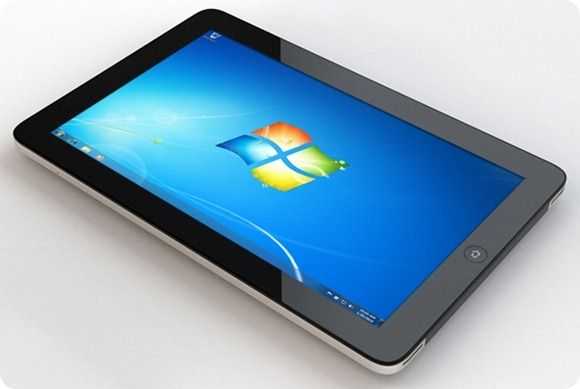Recently launched and soon to be available is this Oaktrail-based tablet that will be one to watch out for at Computex. If you’re looking for a newer i86-based device, Pioneer Computers are offering it for under $US 550 with 16GB of storage and 1GB of RAM and it could be an interesting device for Windows, Meego and Android. Oaktrail should offer much better battery life than Pinetrail-based devices (N450, N550 etc) although we expect the performance will be slightly lower. There’s also the chance to squeeze more out of it with future versions of Meego and Intel’s Android build. We’re expecting to hear more about the latter at Computex.
At 700gm it equals the weight of many of the Android tablets out there but we have noted that Ethernet, 3G and Bluetooth are supplied by PCI-E Mini ports which, although nice and modular, aren’t the way to integrate wireless for power efficiency.
Keep an eye out for more Oaktrail solutions at Computex over the next few days. Here’s a list of the Oaktrail devices we already have in the database.












You know, I kind of left the UMPC scene for a few months to do more research into regular notebooks, and now to come back to Intel Atoms.. well it just doesn’t add up. For tablets, couldn’t they be doing CULV i3’s by now? Sandy Bridge is a real big step forward and it just doesn’t make sense really. Still excited to see this product.
CULV Sandy Bridge chips still consume too much power to be in a Tablets. While improved from the prior generation, its not enough. In fact, Pine Trail is not enough. Oak Trail is just at the acceptable level for power consumption. AMD representative was saying Tablet chips have sweet spot at 3W, and I agree.
Oak Trail + SM35 chipset combo uses less power than the PCH used in Sandy Bridge platforms.
16GB SSD? Seriously? You won’t be running Windows 7 for very long on it. I have three computers that I’ve allocated 25GB for Win 7 and after a few months they’re all almost full despite regular maintenance to try and keep the bloat creepage down. I can feel some frustrating times coming up soon especially on my mobile devices where storage is at a premium.
Depends on how they optimize the installation. Windows 7 can actually be squeezed onto a 4GB drive. You just have to give up things like the recovery partition. But if they provide a USB recovery flash drive then that can could a work around and provide more space for the OS and its operations.
Keeping it clean though with apps like CCleaner and such can keep the bloat growth to a minimum and you can use a SD card for easy expansion in many cases.
So what you are basically saying is if the user is technically inclined and doesn’t mind being bothered wasting few hours “optimizing” for space(which is ridiculous when smartphones have that much space nowadays), then it would be fine?
Even with Windows XP and 60GB drive, I need to be careful with space. 32GB is bare minimum. 16GB=Android-like usage in a device running a operating system sub-optimal for mobile devices. That’s going to sell really well.